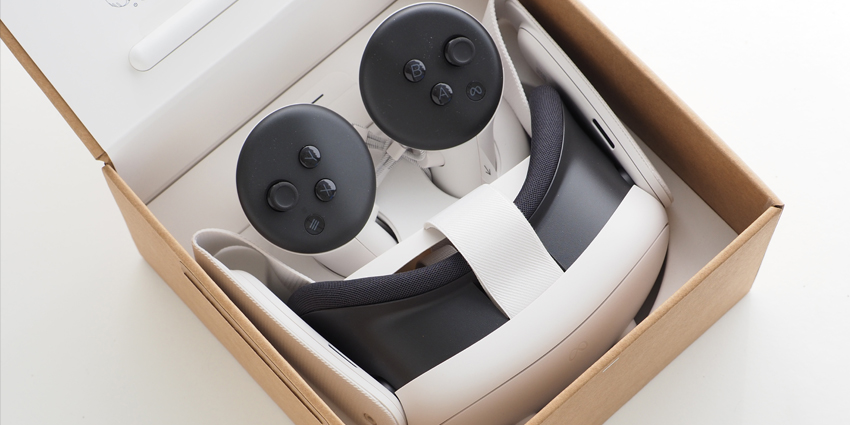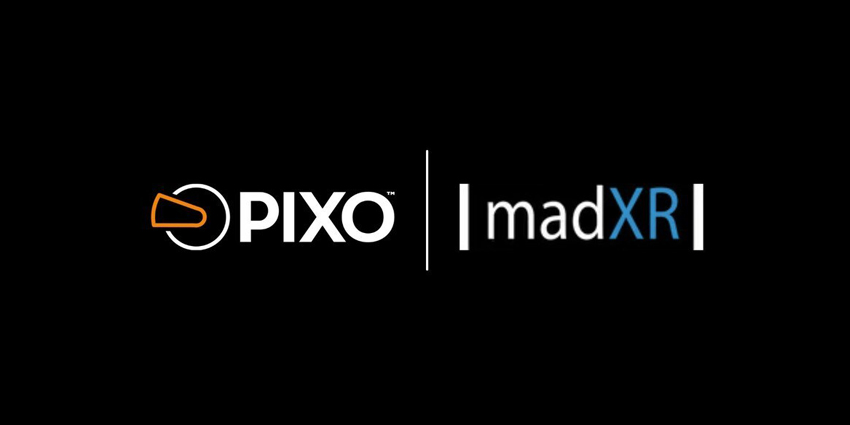VR may have started its journey as a consumer trend in the video gaming space, but it’s come a long way since then!
In fact, according to Grand View Research, the compound annual growth rate between 2019-2027 for the virtual reality market (valued at USD 10.32 billion in 2019) currently stands at 21.6%, meaning the market is expected to grow 21.6% year on year for the next six consecutive years.
While video gaming will still play a part in this growth, we now expect a sizeable percentage of that capital to come from enterprises using VR to enhance training, collaboration, marketing, sales, and customer engagement – but which companies are driving that growth?
To help answer that question, XR Today has rounded up a list of the top VR Headset hardware vendors to watch out for in 2021.
Oculus
Since Facebook bought the virtual reality platform Oculus for USD 2 billion back in 2014, it has worked hard to cement its place as a leading VR headset vendor, accounting for 38.7% of the marketplace in Q2 2020.
Its first tethered headset, the Oculus Rift, was released into the consumer market in 2016, followed by its first standalone headset, the Oculus Go, in 2017. One year later, Facebook launched its Rift S and Quest 1 headsets with some success, but the release of Quest 2 in Q4 2020 is the company’s most significant accomplishment to date.
Rich in features and built on the elite Qualcomm XR2 platform, the Quest 2 (RRP $299) manages to deliver a vastly superior product at a significantly lower price point than any of its nearest competitors. As a result, sources now predict Quest sales will hit around 3 million units in 2021 alone.
Sony
In the consumer space, only Facebook Oculus can compete with the Japanese giant, Sony, whose PlayStation VR headsets accounted for 21.9% of global VR headsets sales back in Q2 2020.
While we expect Sony to maintain a sizeable percentage of the market share, especially once the PlayStation 5 becomes available at scale midway through the year, it’s lack of enterprise capabilities make it irrelevant for business users.
Pico
Operating from San Francisco & China, Pico is a globally renowned VR headset vendor that focuses on developing innovative VR technology solutions for both consumer and enterprise audiences.
It’s flagship Neo 2 Eye headset was recently included in TIME’s Best Inventions of 2020 List. Other products such as the G2 4K Enterprise are also improving the performance, efficiency, and operational success of countless organizations worldwide.
While Pico still has some way to go before it catches up with Facebook Oculus, we’re confident the company will maintain its 9.2% share in global VR headset shipments in 2021.
HTC VIVE
Though HTC headsets have fallen out of favor in the enterprise realm, especially after the release of Facebook’s highly disruptive standalone Oculus Quest 2 at the start of Q4 2020, word on the grapevine is the company has some big releases lined up for 2021.
According to a report in the Virtual Reality Times, HTC VIVE promises to release “the next level of VR headsets in 2021,” which they claim will be just as exciting as the HTC VIVE releases were five years ago.
While we still have no product previews or launch dates, these ‘next-level” headsets could be just the thing HTC VIVE needs to get back on the map and increase its 4.9% share in global VR headset shipments in 2021.
Varjo
Of all the up and comers in the VR headset marketplace, Varjo founded five years back in Helsinki, Finland is one of the most exciting.
Last year, the company released its latest VR-3 and XR-3 enterprise-grade headsets, which deliver cutting-edge visuals and the most powerful eye-tracking capabilities in the marketplace. The company has also established partnerships with big companies like Kia Automotive, Boeing, and the VR collaboration platform, MeetinVR, with more expected to follow in the year ahead.
Speaking to XR Today recently, Varjo CIO Urho Konttori also revealed the company has some big things coming through the pipeline in 2021, especially regarding wireless communication.
The Future is Virtual
Though 2020 may have been the year when the enterprise finally started to notice the potential VR, 2021 is the year when we’ll most likely see businesses investing in the technology at scale.
At present, training and healthcare appear the most common use cases for VR in the enterprise. Still, as the market grows, we expect use cases to spread more evenly into collaboration, visualization, marketing, sales, and more.
In truth, the potential is limitless, and the vendors listed above will be the ones leading that innovation over the next ten years.







